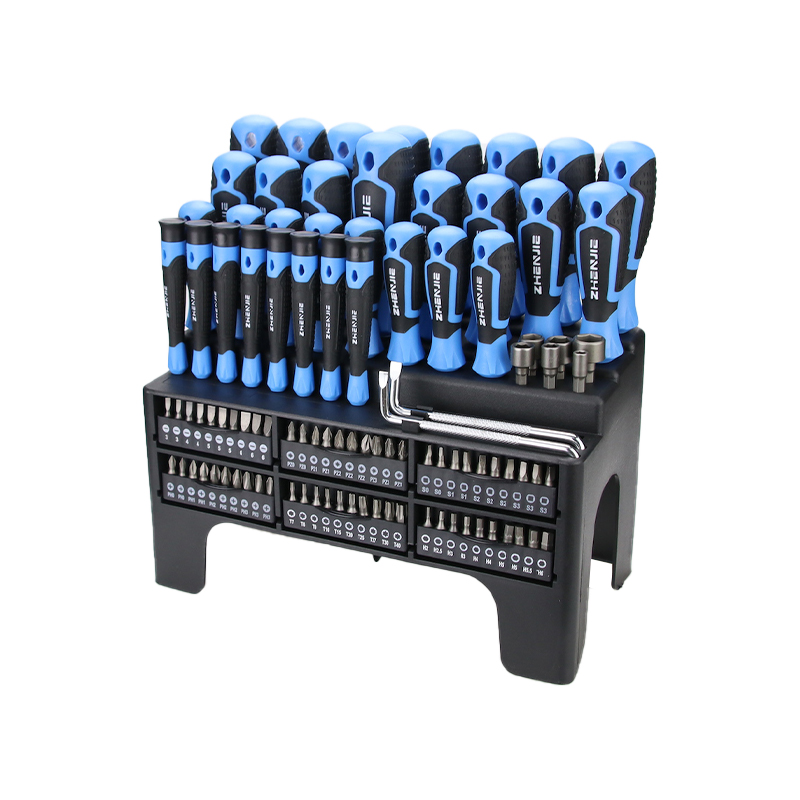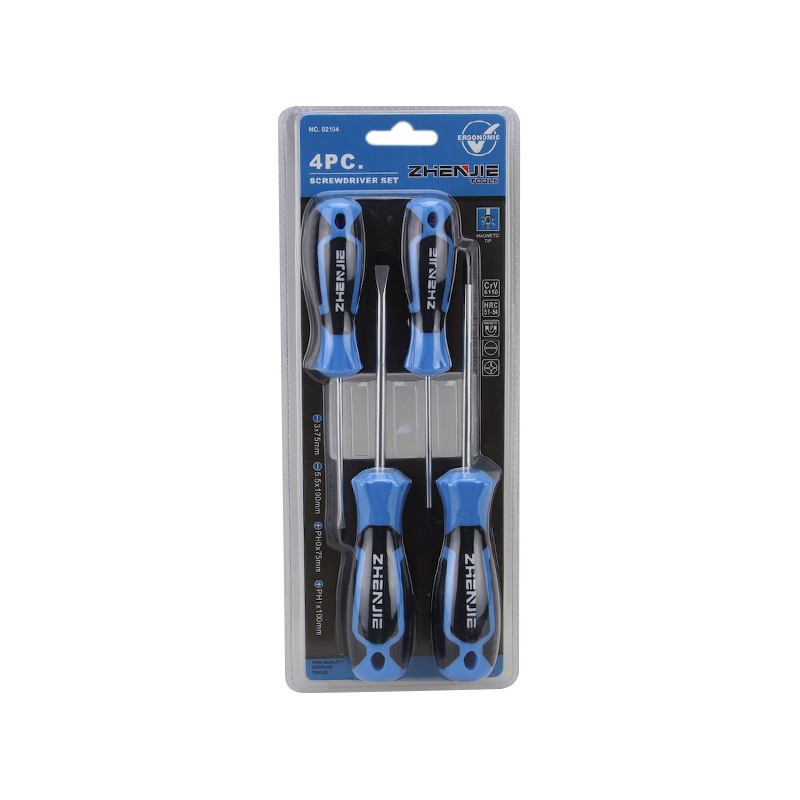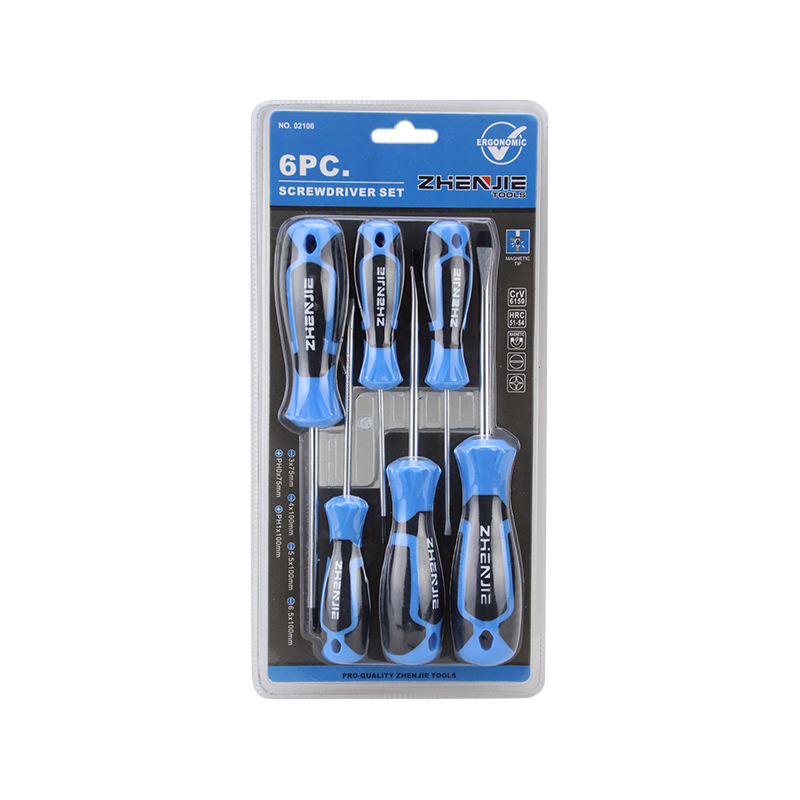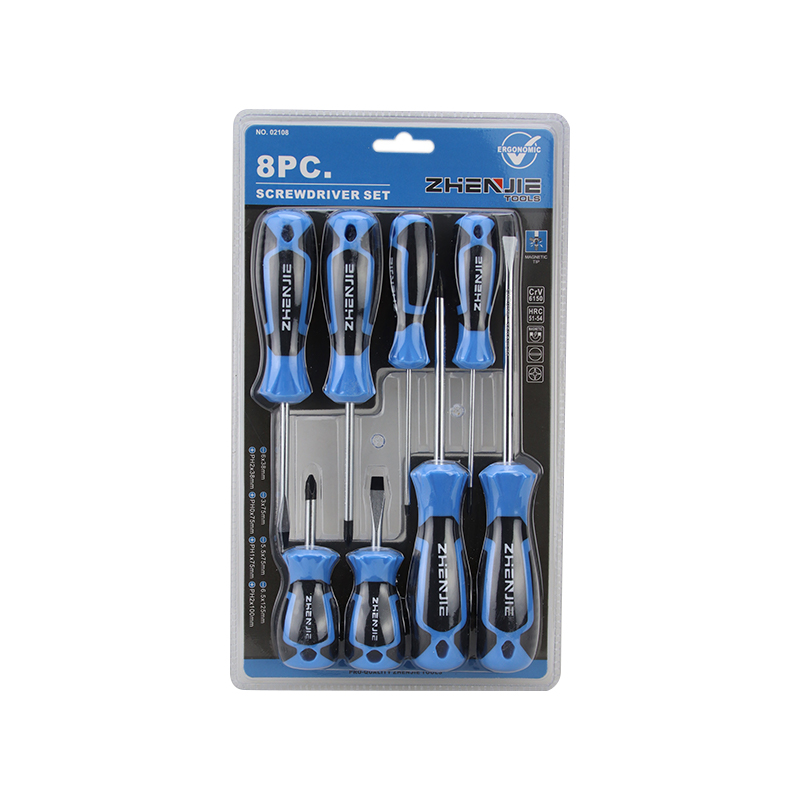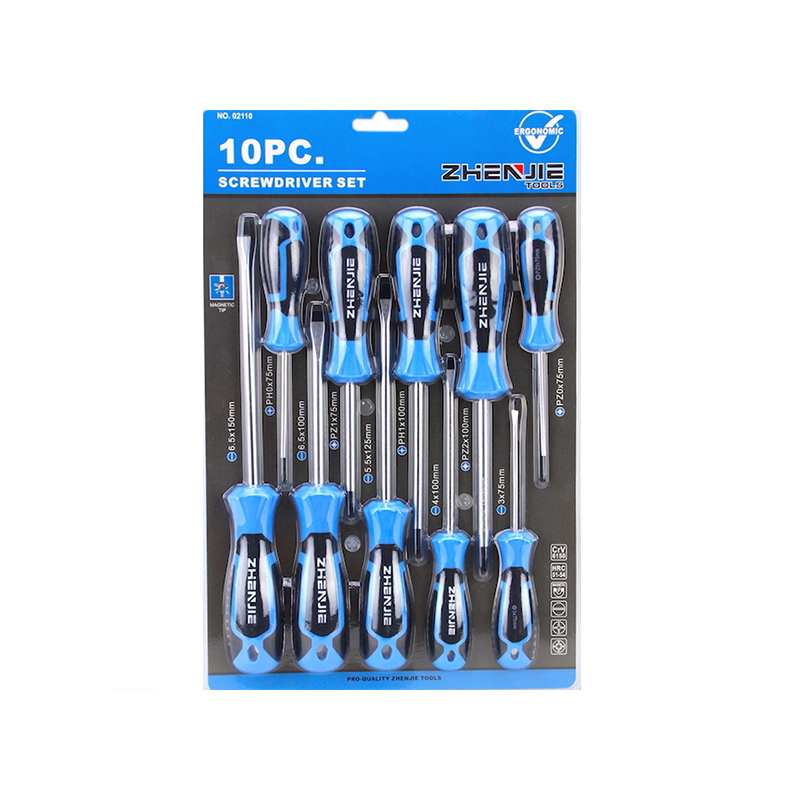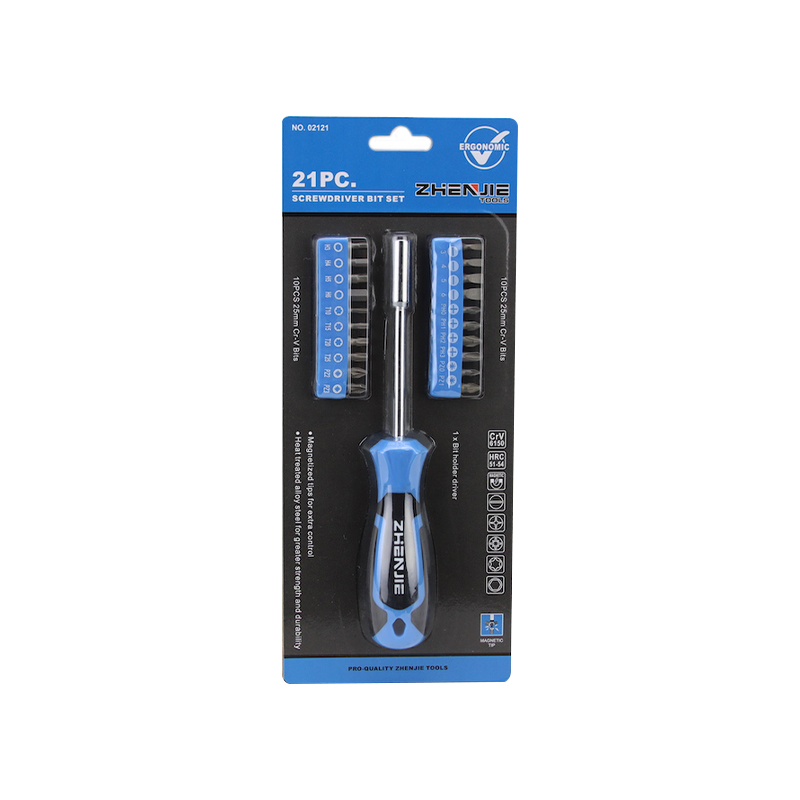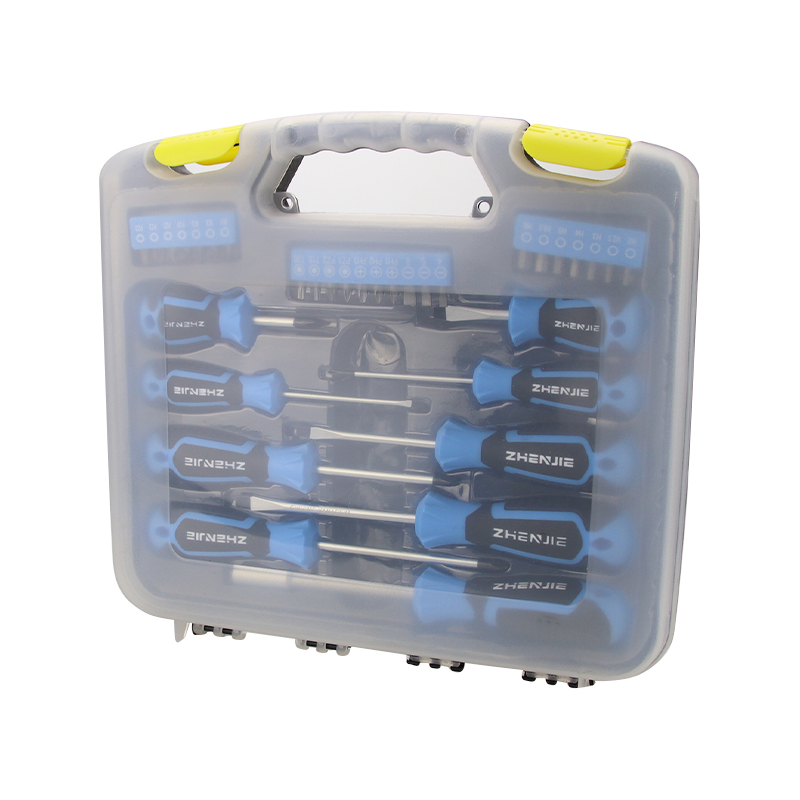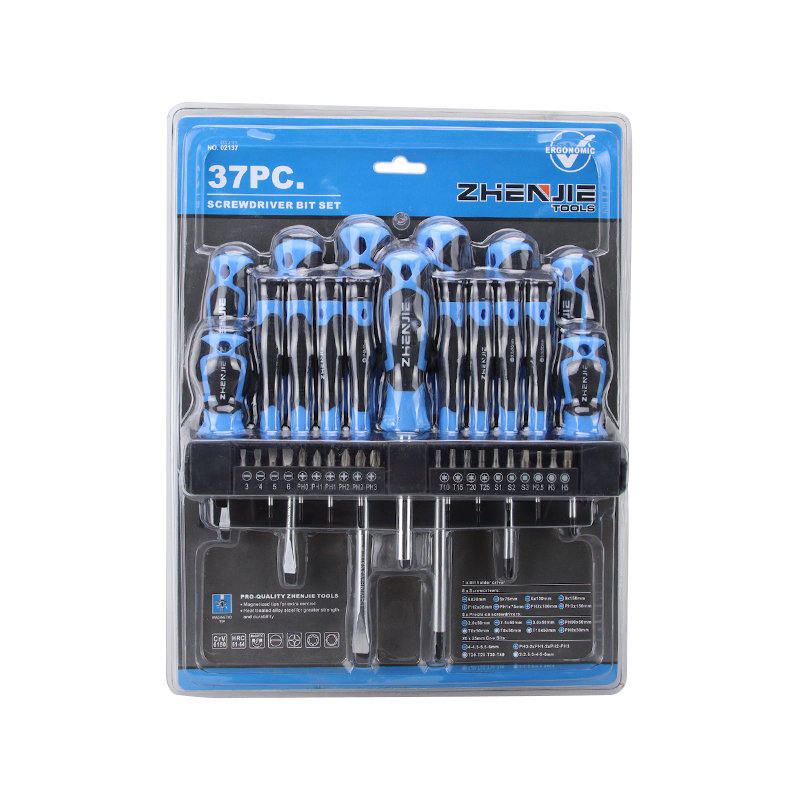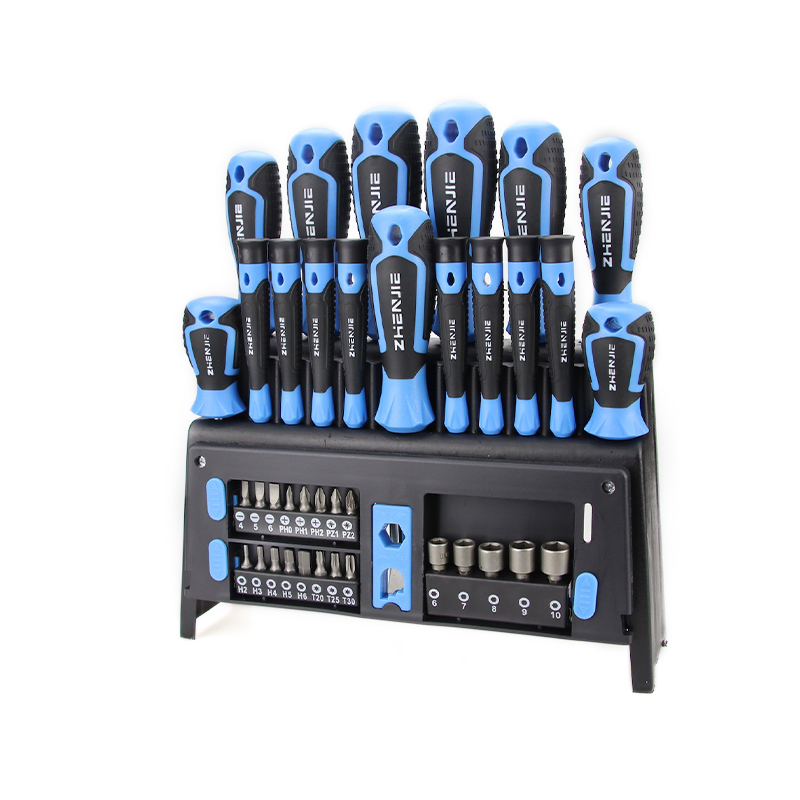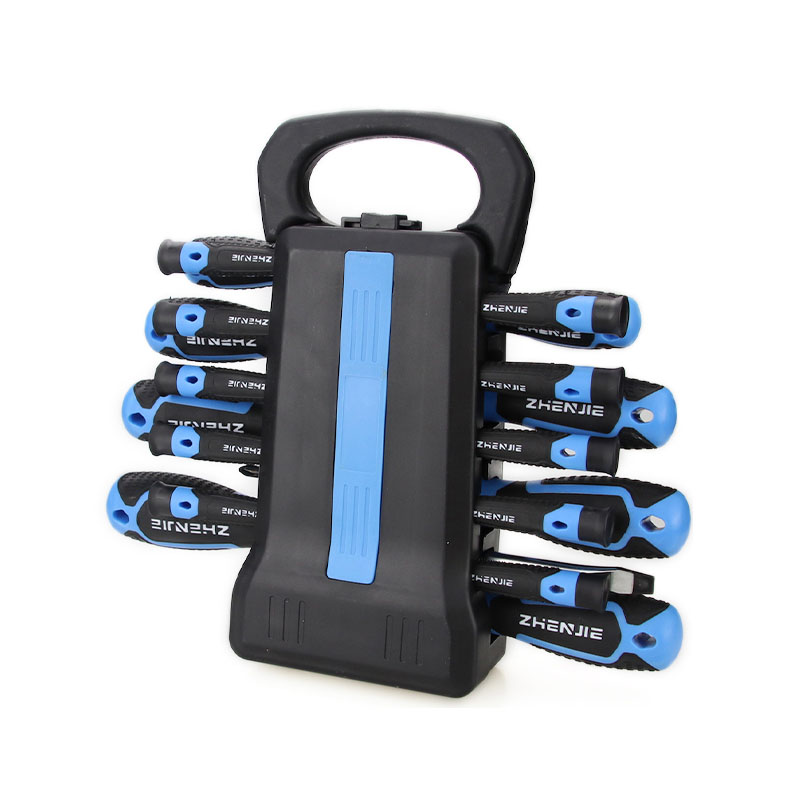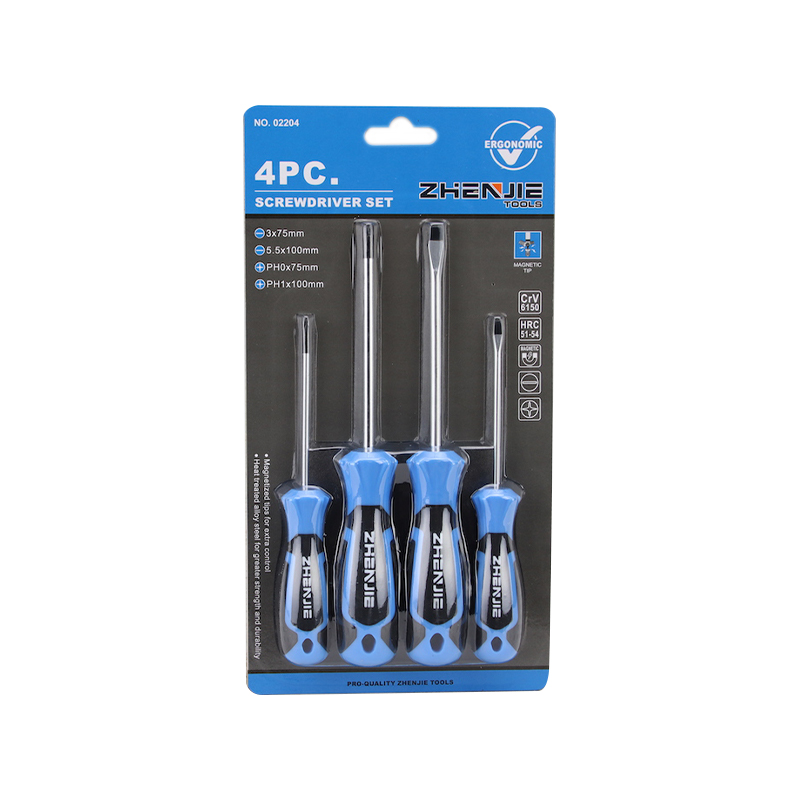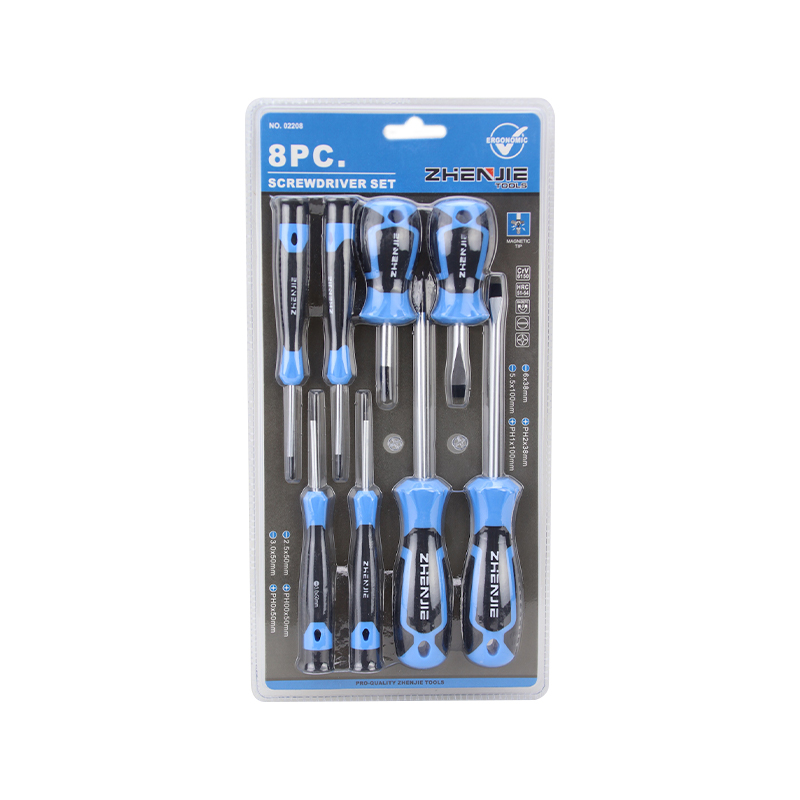In modern mechanical and electronic equipment, the transmission system is a key part to ensure the stable and efficient operation of the machine. With the advancement of industrial technology, the traditional rigid transmission system has gradually exposed its limitations, especially in applications that require flexibility and high adaptability. At this time, the universal flexible shaft came into being and became an important technology to connect various types of equipment and ensure their stable operation.
The universal flexible shaft is a transmission tool that can withstand high torque and has good flexibility. Unlike traditional rigid shafts, flexible shafts can adapt to certain angle changes during transmission and can maintain stable performance in different working environments. Its working principle is that the internal steel wire braiding or other high-strength material spiral structure makes the shaft body extremely flexible and has strong transmission force.
These shafts are usually wrapped with fine steel wires in the outer shell, and elastic materials are hidden inside, so that they can effectively absorb impact and vibration during work, reduce noise, and can withstand a certain degree of twisting and bending, so that their transmission needs in small spaces or complex environments are well met.
Main features of universal flexible shafts
High flexibility
The core advantage of universal flexible shafts lies in their extremely high flexibility. Compared with traditional rigid shafts, flexible shafts can bend and turn significantly without affecting transmission efficiency. This makes them perform well in complex spaces or applications that require curved paths.

Strong load-bearing capacity
Although flexible shafts are highly flexible, their load-bearing capacity should not be underestimated. Flexible shafts made of high-strength steel wire or composite materials have high stability when transmitting torque and can continue to work under high load conditions.
Wear resistance and long life
Universal flexible shafts are usually made of wear-resistant materials and can withstand long-term high-intensity operation without severe wear. This allows them to maintain good working performance in harsh environments and extend the service life of equipment.
Anti-seismic and shock resistance
Due to the design of its internal structure, universal flexible shafts can effectively absorb external forces and reduce damage to mechanical equipment when facing vibrations or shocks.
Application areas of universal flexible shafts
Automotive industry
In modern automobile manufacturing, universal flexible shafts are widely used in steering systems, engine connections, drive shafts and other components. Due to its ability to adapt to different angles and bends, flexible shafts can effectively solve the problems caused by angle discomfort during the transmission process of traditional rigid shafts in vehicles.
Mechanical Manufacturing and Automation
In mechanical manufacturing, flexible shafts are mainly used in precision machining, CNC machine tools, robot arms and other equipment. It can ensure the efficient and stable operation of mechanical equipment at different positions and angles, and is a key component of modern industrial automation.
Home Appliances and Power Tools
Flexible shafts are also widely used in home appliances and power tools. Power tools such as electric drills and electric saws require efficient rotation transmission. Flexible shafts enable these tools to operate stably in various complex working environments through their good flexibility and stability.

Medical Equipment
In the field of medical devices, especially surgical robots, endoscopes and other equipment, the application of flexible shafts cannot be ignored. Due to its extremely high flexibility, flexible shafts can transmit power in a small space and help medical devices achieve precise operation.
Design and Manufacturing Process of Universal Flexible Shafts
The design process of universal flexible shafts is relatively complex and usually includes the following steps:
Material Selection and Design
Manufacturers need to select suitable materials according to the use environment and load requirements. Common materials include stainless steel, carbon steel and composite materials. The design of the flexible shaft also needs to take into account factors such as outer diameter, inner diameter, strength, and rigidity to ensure its efficient operation in practical applications.
Processing technology
When manufacturing flexible shafts, weaving, twisting, calendering and other processes are usually used to form the internal structure of the shaft. The weaving and twisting of the steel wire need to be precisely controlled to ensure that it has the best transmission performance when working.
Surface treatment
In order to improve wear resistance and corrosion resistance, the surface of the universal flexible shaft is usually treated, such as nickel plating, electroplating, etc. This can enhance its durability in harsh environments and extend its service life.
With its excellent flexibility, load-bearing capacity and durability, the universal flexible shaft has become an indispensable transmission tool in the modern industrial field. Whether in the fields of automobiles, machinery manufacturing, home appliances, medical equipment, etc., the application of flexible shafts is constantly expanding, and with the advancement of technology, its performance will be further improved.

 English
English русский
русский Español
Español